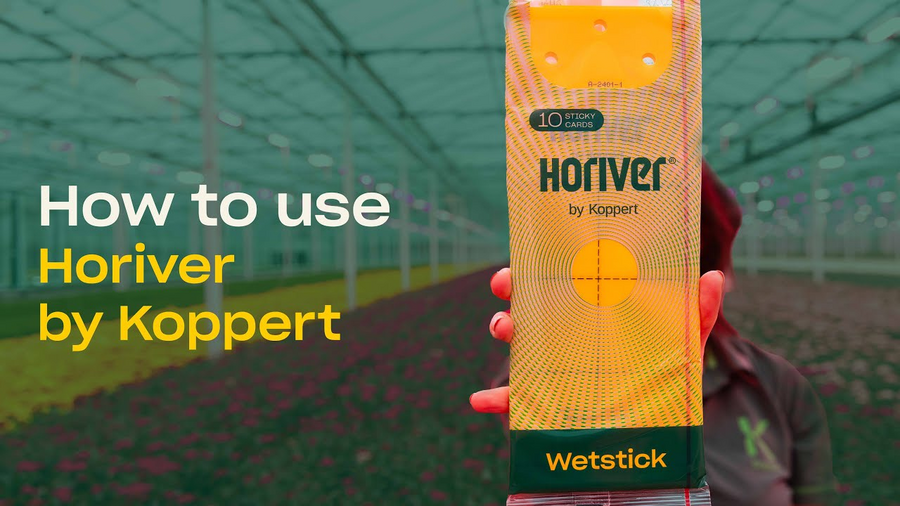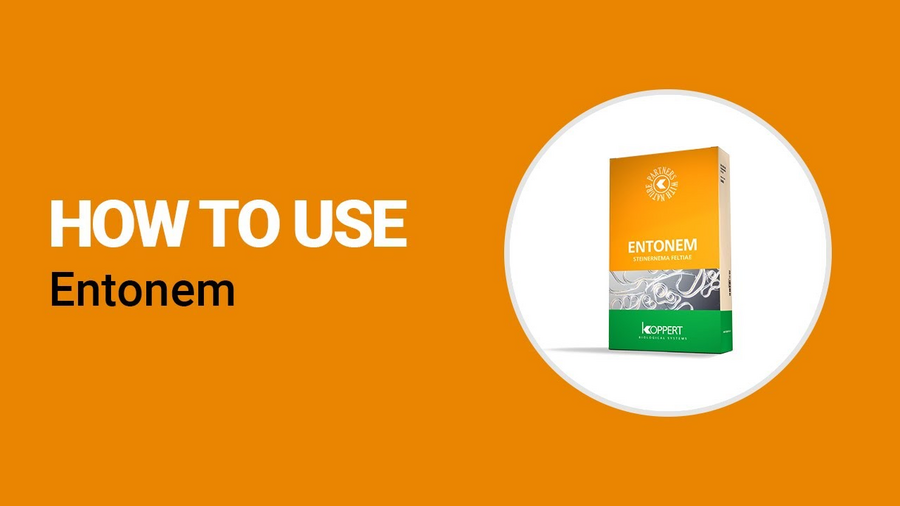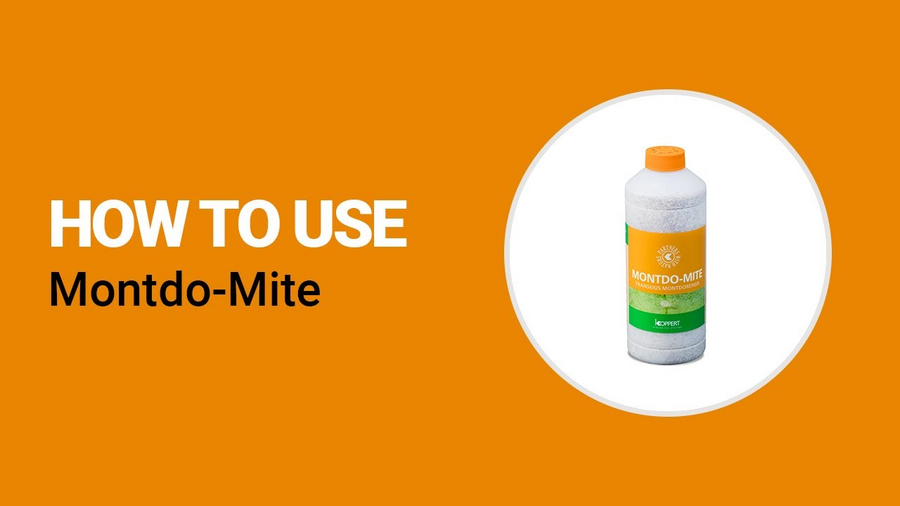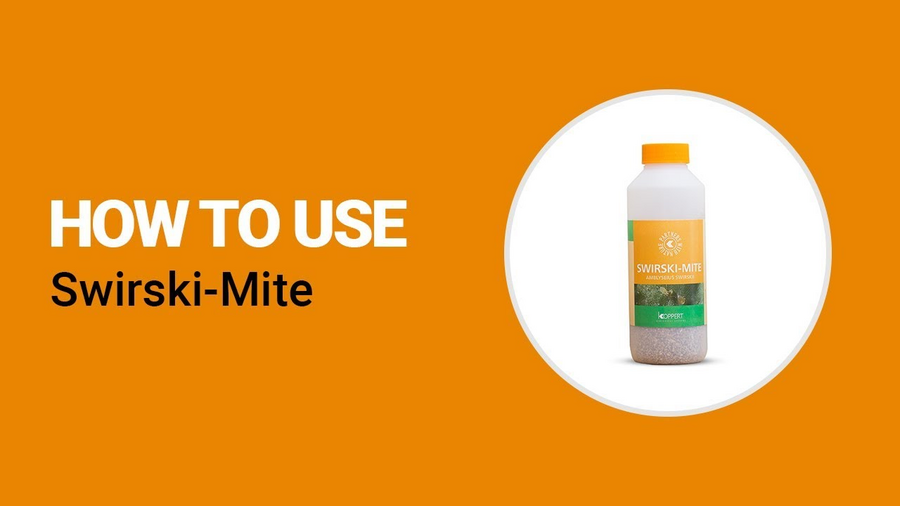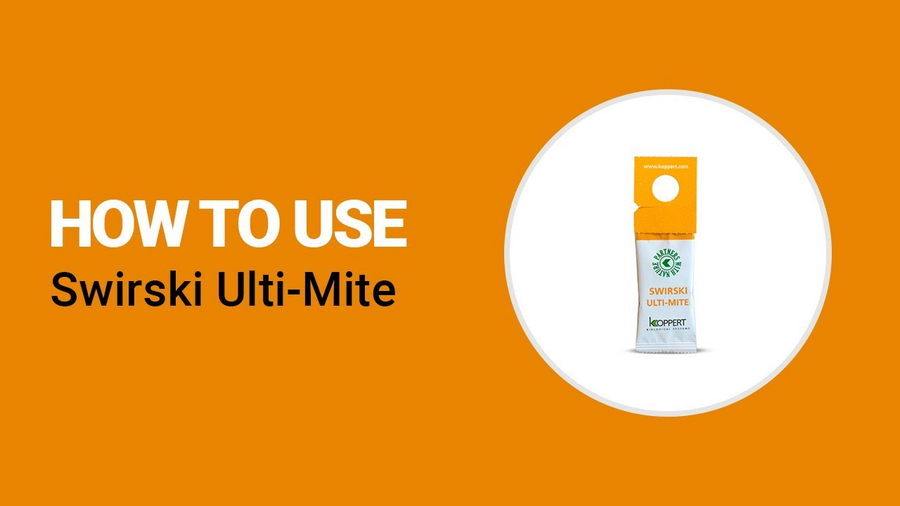
Thrips can cause severe problems for growers in many crops. Combating this pest is, therefore, an important focal point in the field of biological control. Koppert has developed a wide range of products to help you tackle thrips. You don't have to go into the battle alone!
When tackling a pest such as Thrips, it is important to work systematically. This will ensure a holistic approach to tackle them. The Koppert IPM package for thrips offers a comprehensive, sustainable approach to tackling thrips at key stages of their life cycle.
By combining advanced monitoring tools with natural enemies and other biological control agents, this package ensures that every stage of the thrips, from eggs to adults, is kept in check.
What sets this package apart is its ability to not only control the pest population but also maintain the ecological balance of your crops. With fewer chemicals needed, it’s a win for both the environment and crop productivity. The Koppert IPM package for thrips gives growers the peace of mind that they are managing thrips sustainably and efficiently, while still achieving optimal crop health and yield quality.
Key Solutions in the IPM package for thrips:
1. Horiver:
Koppert offers a range of sticky cards and Rollertrap under the brand name “Horiver” to help in scouting and monitoring of thrips and other flying insect pests. Horiver sticky cards make it possible to detect pests at an early stage, to then tackle them biologically. This avoids the unnecessary use of chemical agents.
Moreover, by regularly conducting counts, it becomes clear when pests enter the greenhouse, how they develop, and when a population will peak. In this way, the grower is better prepared for potential threats.
Rollertrap, sticky ribbons strategically placed in hot spots or areas with high pest pressure, efficiently trap a broad spectrum of pest insects. Tailored to different pests, our extended range of sticky traps features pest-specific colors for enhanced efficacy and proven results.
2. Attracker:
Attracker is a sugar-based thrips lure comprising of sucrose, dextrose and fructose. It is an insect attractant which improves thrips control when added to insecticides. The sugars in Attracker cause excitement of thrips to lures thrips from their hiding places thus improving their exposure to insecticide sprays resulting in better control.
3. Boveril:
The microbiological insecticide Boveril is an insect pathogenic fungus, which acts on different stages of development of the hosts, such as larvae, nymphs, pupae and adults, with the following process:
- Adhesion - After spraying, the fungal conidia are deposited on the target pest and adhere to the insect or mite's integument.
- Germination – Then, the germination process begins, where enzymes are produced that act on the degradation of the host's integument, allowing the fungus to penetrate its interior.
- Colonization - Once inside the host, the fungus continues its development process, where it continues to release enzymes and metabolites that end up leading to the host's death.
- Extrusion - Soon after, the fungus begins the extrusion process, this time colonizing the external part of the host.
Visual characteristics of the product
- Insects colonized by the fungus become hard and covered with a powdery layer of conidia, visible to the naked eye in shades of white. Under suboptimal climate conditions, the mycelia of the fungus may not be visible. Instead, affected insects turn yellow to brown, and eventually die.
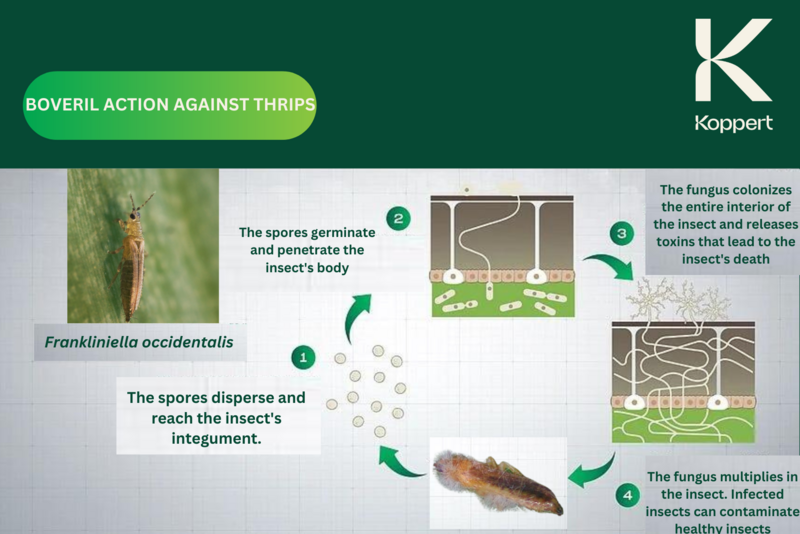
4. Entonem:
Koppert offers a range of insect pathogenic nematodes which are natural enemies of several insect pests. These beneficial nematodes are microscopically small (0.6 to 1 mm), unsegmented worms that occur naturally in the soil.
Insect pathogenic nematodes are 100% safe for plants, animals and humans. This is because only insects can be host to this group of nematodes. .
Entonem mode of action
The beneficial nematodes enter the pest and release symbiotic bacteria into the pest's body cavity. These bacteria convert the host tissue into a food source, on which nematodes feed, develop, and reproduce inside the host. This kills the pest within a few hours to days after infection.
Visual effect
Infected insect pests in the root zone turn yellow to brown but may be difficult to find, due to rapid degradation. Infected foliar pests simply fall to the ground.
5. Montdo Mite:
Koppert offers a wide range of Predatory mites, including Montdo-Mite (Transeius montdorensis). Predatory mites are beneficial arthropods used in pest control to manage and reduce populations of harmful pests in various agricultural and horticultural settings. These tiny arthropods are natural enemies of many plant-feeding mites and insects including thrips and whiteflies. Predatory mites are an essential component of integrated pest management (IPM) strategies as they offer a sustainable alternative to chemical pesticides.
Mode of action
These predatory mites pierce their prey with their sucking mouthparts and suck out the contents.
Advantages of predatory mites
- Precision targeting: Predatory mites have a remarkable ability to locate and prey upon specific pest species, minimizing damage to non-target organisms.
- Resilient pest management: Predatory mites can build up a population in the crop quickly, and control pests for a long period of time.
- Reduced pesticide dependence: The integration of predatory mites into an IPM strategy leads to a reduction in the use of chemical pesticides, thereby lowering the ecological footprint of horticultural and agricultural operations.
6. Swirskii Mite:
Amblyseius swirskii is a species of predatory mite, which is an excellent biocontrol agent of thrips and whiteflies. This mite can survive on pollen and other prey and can establish in the crop before the pest appears. These predatory mites are often employed as part of integrated pest management (IPM) strategies, offering a sustainable and environmentally friendly alternative to chemical pesticides.
Feeding behaviour of Amblyseius swirskii
These predatory mites pierce their prey and suck out their contents. Theyactively seek out and prey on young larvae of various thrips species and whitefly eggs and larvae. By consuming multiple life stages of these pests, Amblyseius swirskii effectively controls thrips and whitefly.
Amblyseius swirskii in bottles (Swirskii mite)
The dosage of Swirski-Mite and Montdo-Mite depends on climate, crop and pest density and should always be adjusted to the particular situation. Start introduction of predatory mites as soon as the incidences of the pest are detected in the crop. Introduction rates typically range from 100-300 per m2/release. Releases should be repeated as necessary.
Our predatory mites in Ulti-Mite slow release sachets
The predatory mite Transeius montdorensisAmblyseius swirskii are also available in breeding sachets (Ulti-Mite slow release sachets). In this case the predatory mites multiply in the sachet and disperse into the crop over a period of several weeks.
- Hang sachets in sheltered locations in the crop, not exposed to direct sunlight
- Sachets already have an exit hole
- Hold sachets by the cardboard strip at the top, to avoid damaging the predatory mites
